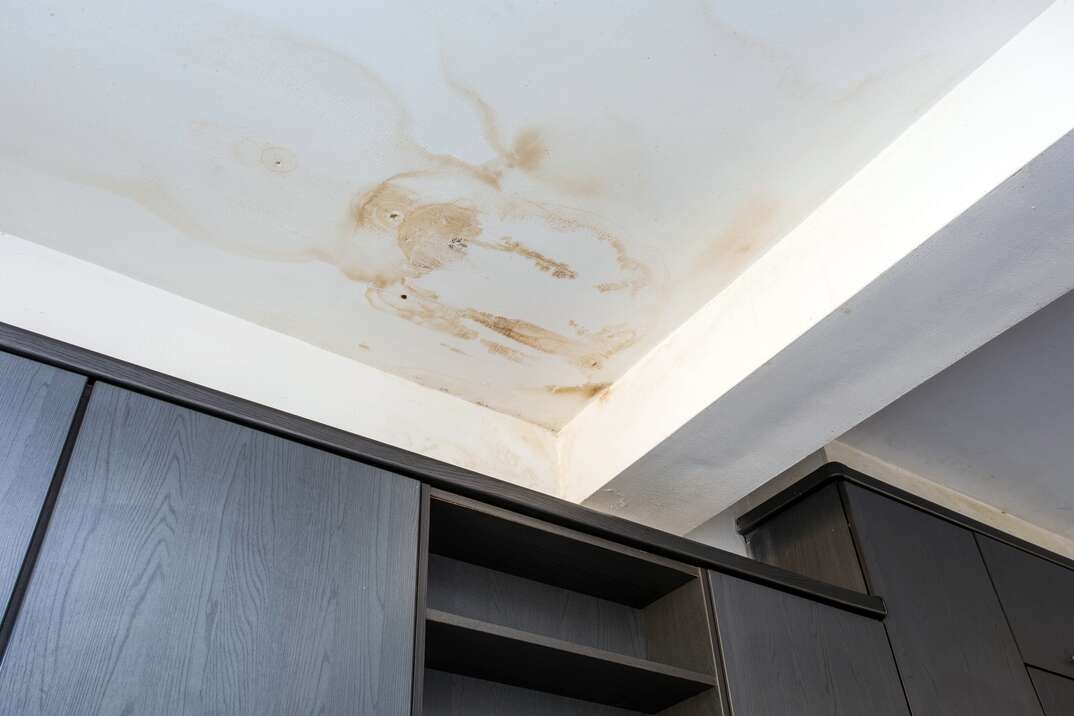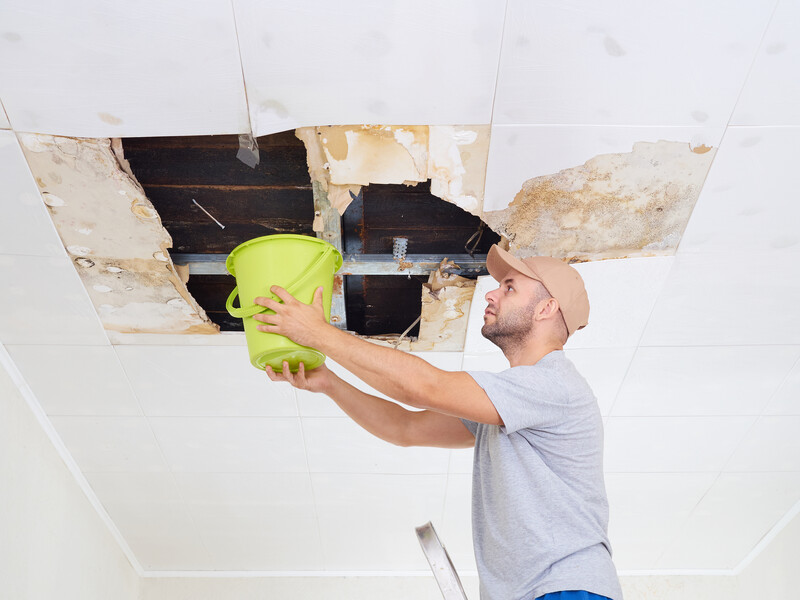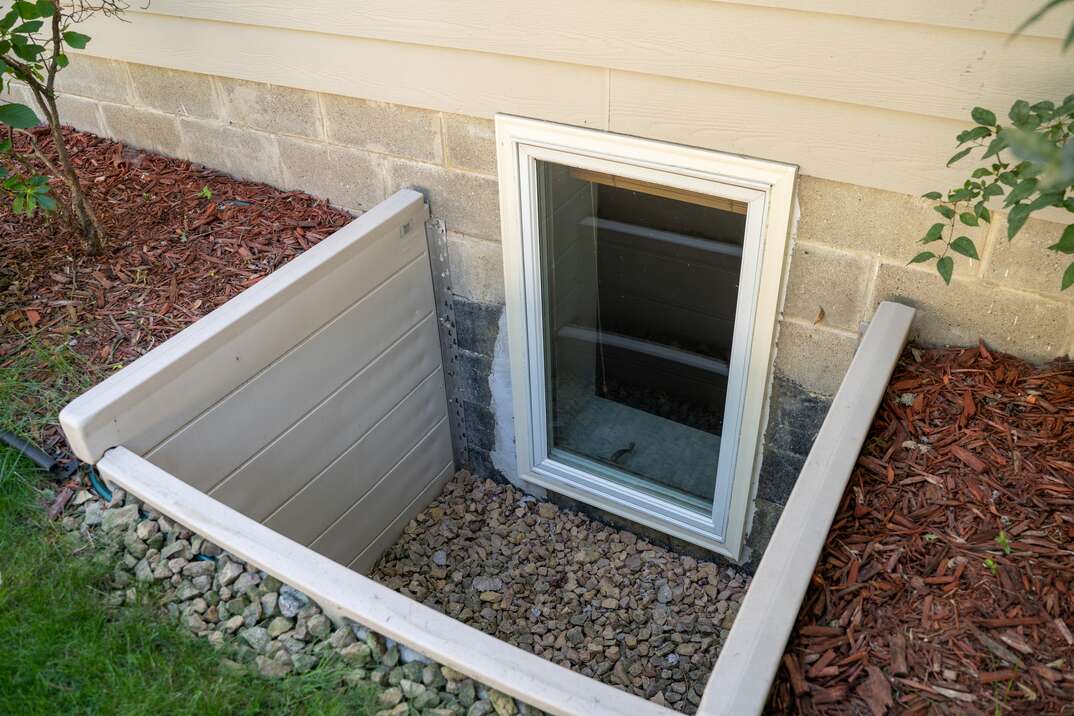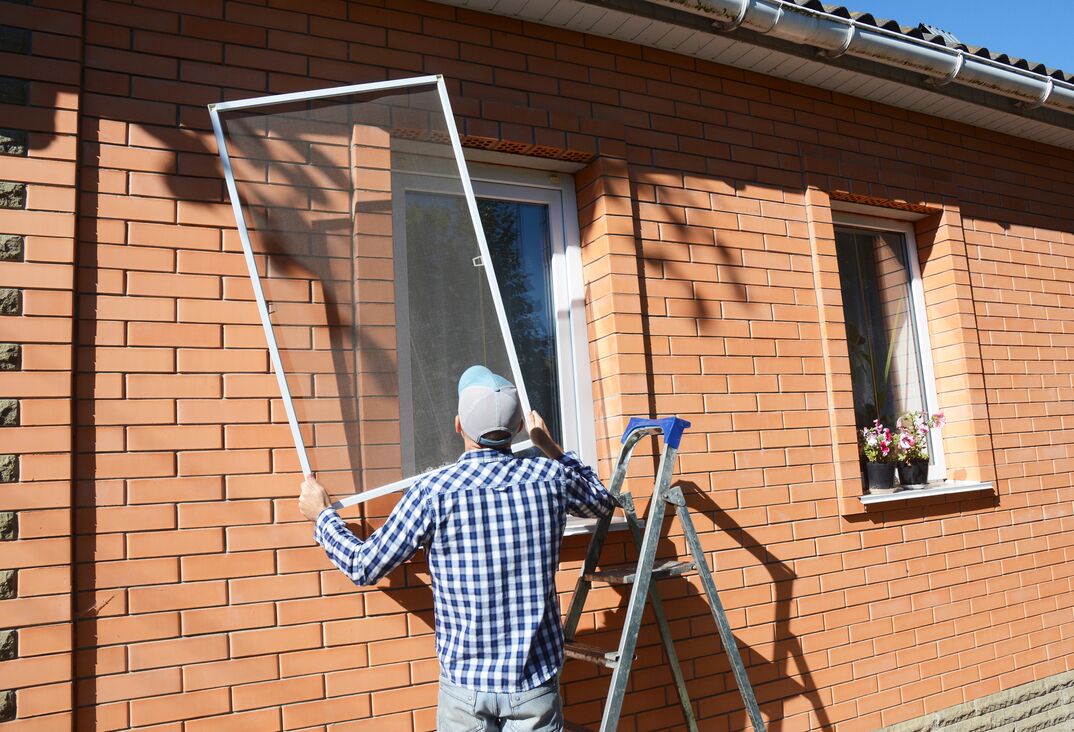Overhead Expenses: A Leaky Roof Doesn’t Have to Mean Pricey Repairs

Roof leak repair is one of those things you just have to deal with as a homeowner. The condition of your roof is so important, and costs for major repairs can be so high that a leaky roof can be a great source of stress. Fortunately, not all roof problems are disastrous. In fact, some roof leak repairs can be done without professional help or for a surprisingly affordable price.
This May Also Interest You: Roof Replacement Costs
Read on to learn all about how your roof’s waterproofing works, common leak issues and which of those you can repair yourself.
What a Roof Does for Your Home
Everybody knows a roof keeps the rain off your head, but there’s more to it than just that. A good roof forms a watertight seal over your home’s living spaces and keeps the elements from degrading your house’s timbers as a result of leaks and other seepage.
A well-built roof is also an important part of your home's insulation system, since heat rises and eventually escapes through the upper level of the house. The roof also acts as a mounting point for various components of your home’s inner works. Air conditioning systems, for example, often have their condensers mounted to the roof, and some of the gas from your underground sewer lines gets vented through roof-mounted plumbing vents. All these functions can be impaired if your roof develops cracks and gaps as it ages, allowing water to seep into its structure.
Why Waterproofing Matters
Of all the things your roof does, keeping the water out is arguably the most important. That's because leaking water tends to damage every part of the roof’s structure — and small leaks tend to get worse over time. Water seepage is difficult to stop without a strong watertight seal.
It doesn’t take much for water to come through the roof. Wind and ice can work on loose shingles until gaps appear in hard-to-reach places. Then, age and the elements cause stiffening and cracks in the undersurface until there’s space for water to seep down into the roof timbers. After that, the forces of nature can cause anything from expanding cracks and collapsing ceiling plaster to black mold and rotted framing. Worse, the presence of water under your roof’s protective surface speeds up the weathering process, accelerating wear and tear to other parts of the roof and shortening its life.

How a Typical Residential Roof Works
Though it looks pretty simple from the outside, a modern home’s roof is actually a complicated system designed to keep moisture away from the interior of your home. The outer layer of the roof, which is all most people see, is the surface covering. This can be wood shingles, also called shakes, asphalt shingles or ceramic tiles. Which materials you use depend on your local climate and the cost or availability of the roofing materials, as well as the aesthetic appeal you feel each covering has.
Whatever material your shingles are made of, they’re almost always attached to a supportive layer called the underlayment. This can be made of felt or synthetic waterproof material, and it’s the surface your shingles rest on to distribute their weight. The underlayment is also where you attach the lowest row of shingles, called starter shingles, which higher rows are arranged in line with; this helps keep the rest of the shingles straight in their rows.
Underneath the underlayment, just about every roof has an ice-and-water barrier. This is an impermeable layer of either tar or polymer leaving virtually no way for water to pass through. It’s important for this layer to have as few holes in it as possible and for it to lay flush and straight so that water can run off of it and into the gutters.
All around the roof, you might see bits of “anodized” metal at the edges and corners. This is the flashing, that protects the underlayment at key weak points, such as the edges of the roof and around areas of ventilation. Because this flashing is made from weatherproofed metal, often aluminum, it forms a completely impassable barrier for moisture that keeps rain off the roof areas that the regular barrier doesn’t protect.
Common Roof Repair Issues
A lot can go wrong with something as complicated as a residential roof. Wind and ice are some of the worst offenders in terms of causing damage. Water tends to work its way under shingles, where cold overnight temperatures cause it to freeze. Because ice expands, that puts pressure on the roof that can loosen shingles, which are then vulnerable to high winds. Hail and other windblown debris tend to break down the surface of a roof, while normal age-related wear can dry out and crack underlayment. Pests are also a problem for some homeowners, with everything from honeybees to raccoons sometimes damaging roofs so they can take up residence rent-free in your house.
DIY Roof Leak Repairs
Many minor roof problems can be fixed without calling a professional. If you have basic home repair knowhow, it’s relatively simple to tighten down or replace a few loose or missing shingles. Do-it-yourself roof leak repairs can be as simple as replacing some loose metal flashing, or you might have to remove some shingles and touch up the ice-and-water barrier with fresh sealant.
In severe cases, when you can’t make the necessary repairs yourself, it might be a good idea to lay a waterproof tarp over your roof until a professional can get out to help you. That keeps rainwater from exacerbating the damage you’ve already incurred from a leaky roof.
More Related Articles:
- Extending the Life of Your Roof in 3 Easy Steps
- Everything You Need to Know About Gutters
- 6 Home Repairs You Should Never Do Yourself
- How to Prevent Water Damage With Proper Home Drainage
- Why Gutter Cleaning Is Important to Home Maintenance
When to Call a Professional
Professional roof repair teams have their place. When the damage to your roof is moderate to severe, or it seems beyond your ability to fix in a way that’s up to code, you probably need help from a licensed professional roofer. Likewise, extensive external damage — such as when large sections of shingles are lost in a windstorm, or when there's damage to multiple layers — typically doesn't lend itself to a DIY fix.
When you go to choose a contractor, heed the following tips:
- Only licensed, bonded and insured contractors.
- Never accept unsolicited offers of roofing work; this is a common scam that can lead to very expensive damage to your roof.
- Ask around for referrals from others who have worked with a specific contractor, and make sure you check the status of the company’s license online.
- The Better Business Bureau is also likely to have information about unresolved customer issues with your roofing contractor.
Vetting roofers can be a time-consuming process, which many homeowners don't have the resources or the energy for before the next rain causes more damage to their roof. Fortunately, it is possible to plan ahead and to be ready for when you need to fix a leaking roof.
Getting a home repair plan from HomeServe is one way to prepare for the day when age or weather requires you to look for help with your roof leak repair. Once you have a plan that covers your potential roofing repair costs, all you have to do is call the 24/7 repair hotline for a referral. A licensed local contractor can then be dispatched to your home to help fix your leaky roof and prevent further damage caused by water.


